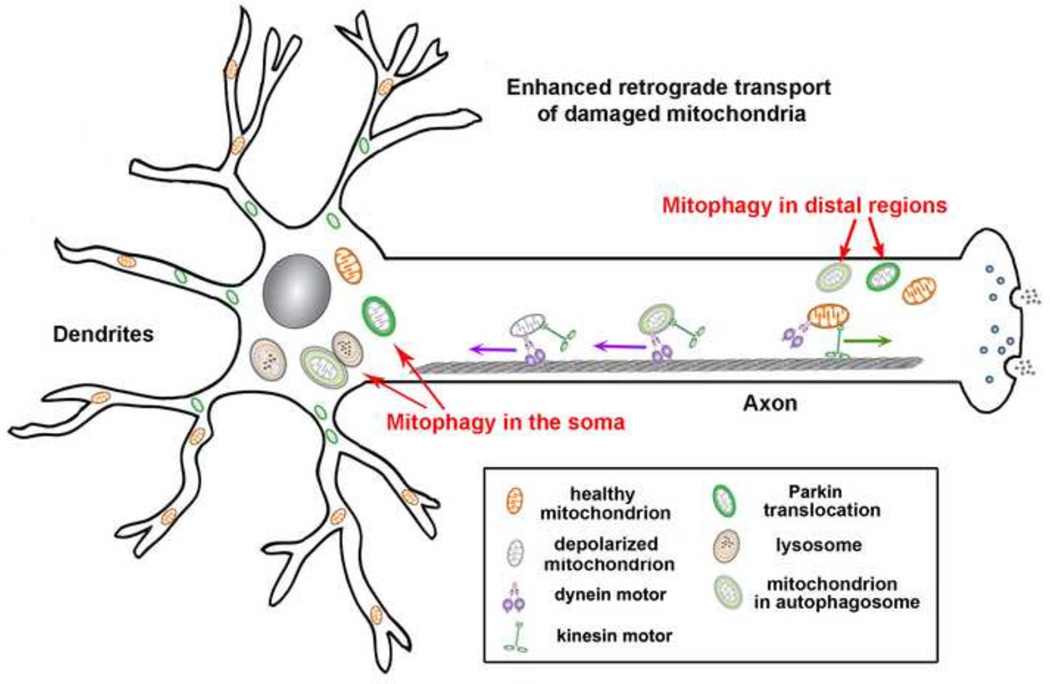Figure 2. Mitochondrial integrity impacts their transport.
Chronically depolarized mitochondria, by dissipating mitochondrial membrane potential (Δψm) with uncoupling reagents alters motility with reduced anterograde and enhanced retrograde transport, thus resulting in accumulation of Parkin-targeted mitochondria in the soma and proximal regions (Cai et al., 2012). This spatial process allows neurons to efficiently remove dysfunctional mitochondria from distal axons to the soma where mature acidic lysosomes are relatively enriched. Damaged mitochondria at axonal terminals can also recruit Parkin for mitophagy once they are anchored by syntaphilin (Cai et al., 2012) or immobilized by turnover of the motor adaptor Miro on the mitochondrial surface (Ashrafi et al, 2014). Autophagosomes engulfing damaged mitochondria at axonal terminals transport predominantly to the soma for maturation and degradation within acidic lysosomes (Maday et al., 2012). Figure is modified from Sheng (2014) originally published in Journal of Cell Biology, 204, 1087–1098 (doi/10.1083/jcb.201312123).

